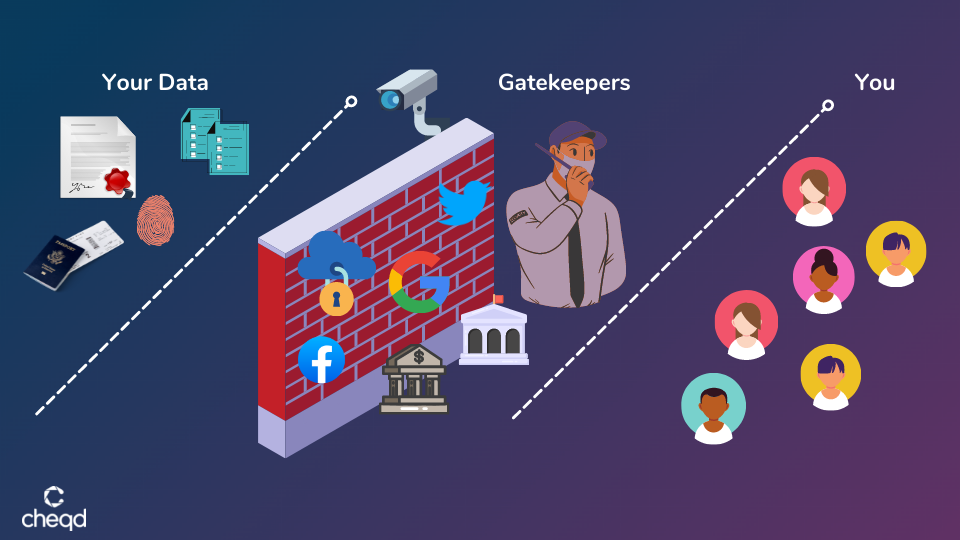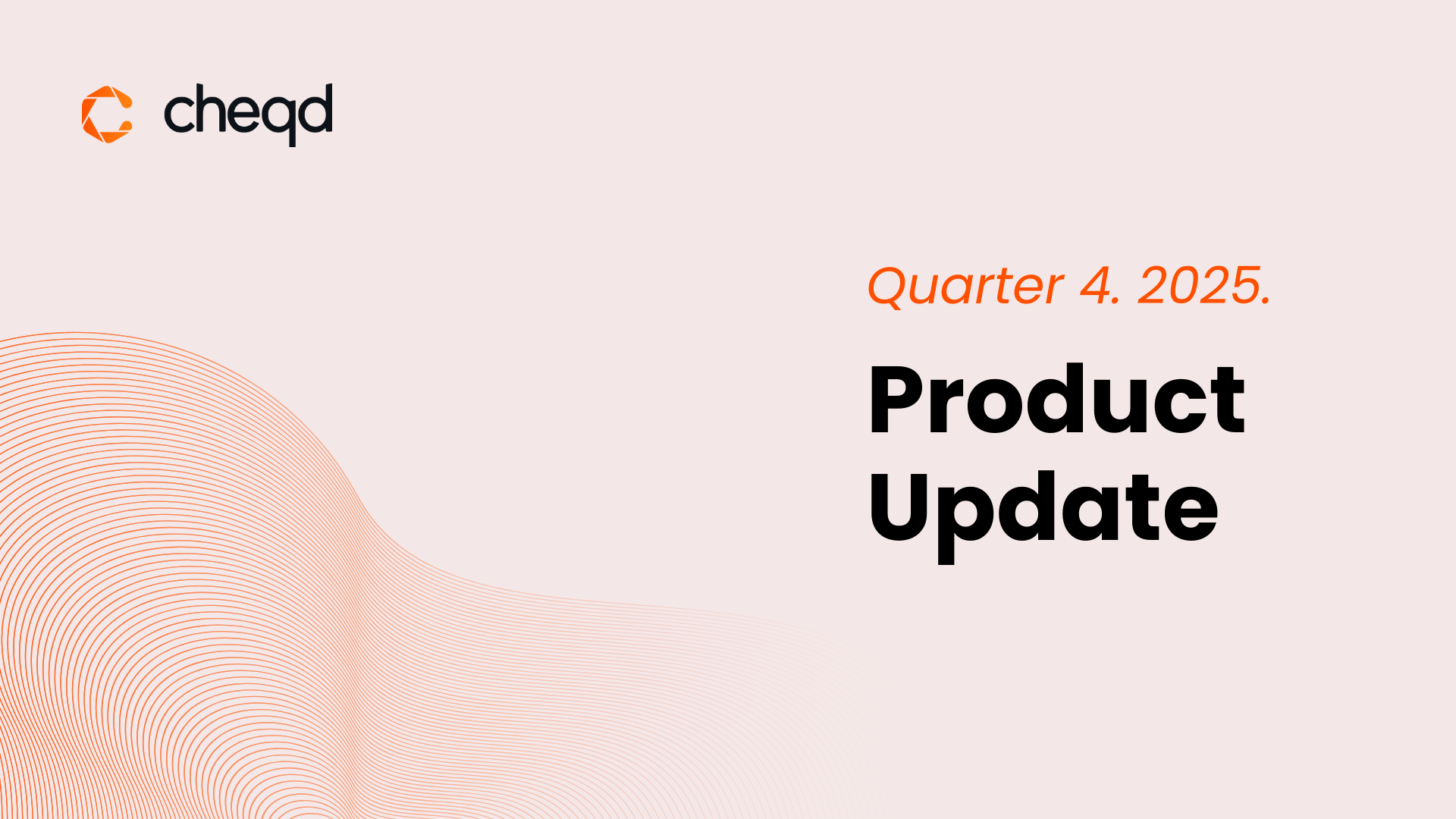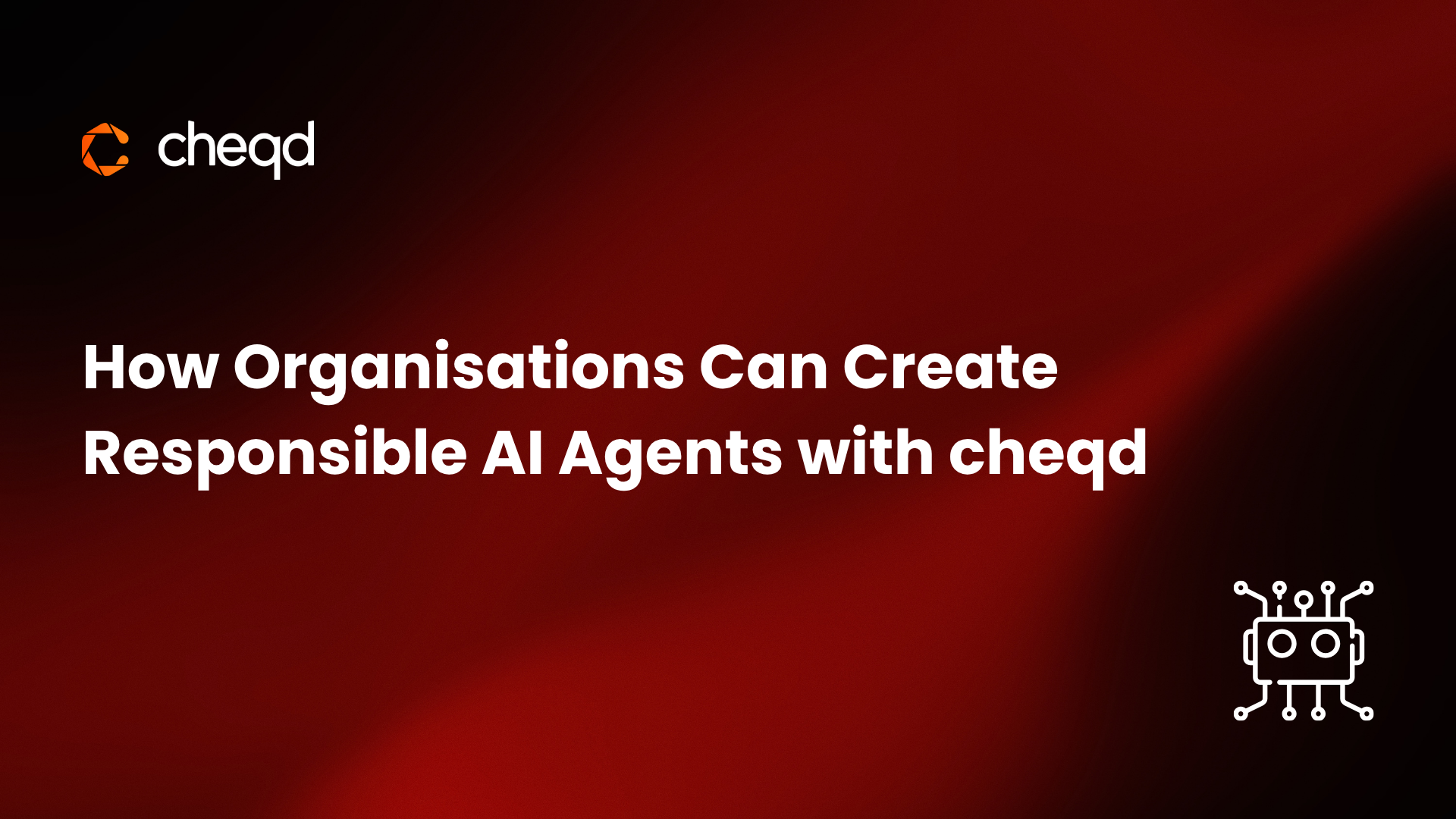Trusted data (or authentic data) is information translated into a form usable by computers, whose source is verifiable — it can be checked through a standardised method to demonstrate accuracy. The trusted data economy takes trusted data one step further, encompassing the business models that can enable a fairer, more transparent and decentralised world.
“Systems that expand the radius of trust change societies”
(Werbach, 2016: 4)
Trust is the underpinning of all human contact and institutional interactions; a crucial value in international affairs and a complex interpersonal and organisational construct, embedded in all areas of society, from individuals’ relationships with each other to the global political system.
It is widely seen as one of the most important synthetic forces within society which encompasses values such as reciprocity, solidarity and cooperation, whilst within areas such as technology, law and governance, it is less of a synthetic value and more of an intrinsic and core construct within contracts, regulation and code.
But what is trust?
At its core, trust is centred on the reliability of an assertion about someone or something; an indisputable, verifiable claim (the operative word here being ‘verifiable’ — the ability to check or demonstrate accuracy).
In a continuously digitised and globalised world, trust has been increasingly hard to nurture, and as events over the past decade have shown, it has fast become a threatened commodity the world over.
The evolution of trusted data
With the mass adoption of the internet, the world has witnessed a rapid acceleration of innovation, and as a result, a diverse range of positive outcomes.
Access to the internet, for example, in a vast portion of the world is now considered a basic human right and an essential component of a functioning society.
However, for the vast majority of people, the reliance and somewhat addiction to the efficiencies it brings to our lives, towers over our curiosity, and knowledge of, the very real risks it poses to us around what is being done backstage, behind the warm lure of the glossy frontends.
As we engage in our now phenomenally digitised day-to-day lives, the information about the things we write, say, do and read is packaged up into something we hear about a lot, but don’t necessarily question all that often what it is.
You guessed it.… data.
Data, within the context of computing, is simply information, facts provided or learned about something or someone, translated into a form that is efficient for movement or processing.
Put simply, everything we know about anything is information which can be packaged up and utilised as data.
This page addresses the meeting of the two: trust and data.
Trusted data (we also use the term authentic data interchangeable) is, therefore: information translated into a form usable by computers, whose source is verifiable — and can be checked through a standardised method to demonstrate accuracy.
The need for trusted data
For much history, we have found methods to demonstrate that information itself can be trusted. This is based on the way the issuer of information, and the verifier of information agree on what makes something trustworthy.
We trust paper money because we trust the fine details that are imprinted onto each one, which can be verified as being issued by the body that can reliably demonstrate they have the authority to do so.
As a temporary holder of the paper money, one can also conduct their own checks.

A British £20 banknote
- The hologram image changes between ‘Twenty’ and ‘Pounds’
- The foil is gold and blue on the front of the note and silver on the back within the see-through windows
- A portrait of the Queen is printed on the window with ‘£20 Bank of England’ printed twice around the edge
- A round, purple foil patch contains the letter ‘T’
- Under a good-quality ultraviolet light, the number ‘20’ appears in bright red and green on the front of the note
A world of truly trusted data in Web 3.0 and Decentralised Identity
Without going into too much technical detail of how this data is made trusted in Decentralised Identity, you can find out all you need to know on our learn site here, some of the underlying principles and basics do help illustrate what a world where trusted data is the norm would look like. In Web 2.0, much of the world’s data is held in huge data centres controlled by a small number of large players, acting as gatekeepers. The term ‘cloud’ has been used effectively to create the feeling that one’s data is just held in the air, the ether, for an individual to call on when they need it, yet in reality, our data is locked up and secured by these large gatekeepers.Our data is not held, controlled or owned by ourselves.

As a result, our understanding of what goes in and what comes out is limited. An issuer may provide a trusted piece of data, but what happens before this arrives to an individual or a verifier is out of your control.
Likewise, with more sophisticated means of cybercrime and hacking, uncovering whether some data has been tampered with is harder and harder to do.
To get around this, a combination of technologies have come together at a poignant moment across different industries. Within the Decentralised Identity / SSI space, three technologies, in particular, are integral:
- Decentralised Identifiers (DIDs)
- Verifiable Credentials (VCs)
- Blockchain technology (used with SSI as a Verifiable Data Registry) (note: for decentralised identity, blockchain is not necessarily required but it does offer some significant advantages in further improving the level of trust, transparency and the overall efficiencies required for it to flourish
Decentralised Identifiers (DIDs) and Verifiable Credentials work in tandem as the foundations of Decentralised Identity to ensure data can be trusted. DIDs act as a form of digital stamp or hologram, making it possible to check the authenticity of the information, whilst VCs contain the very information itself that needs to be checked and verified — more on both DIDs and VCs here.
Blockchain is often described as a “trustless” system, meaning that ultimately one does not have to have some synthetic indeterminate level of “trust” as the rules and structures laid out in code do this.
Although blockchains use complicated technology, which often deters people from further reading, their basic function is quite simple: to provide a distributed yet provably accurate record.
In other words, everyone can maintain a copy of a dynamically-updated ledger, but all those copies remain the same, even without a central administrator or master version.
This approach offers two basic benefits.
First, one can have confidence in transactions without trusting the integrity of any individuals, intermediaries, or governments. Data is therefore trustworthy because no party can tamper with it so the data put in is what comes out.
Second, the distributed ledger replaces many private databases that must be reconciled for consistency, thus reducing transaction costs.
The trusted data economy
The trusted data economy takes trusted data one step further.
Over the past two decades leveraging the buying and selling of data has become a powerful and incredibly profitable business model. It is what has led to the growth and dominance of the behemoths of the internet: Google and Facebook the most prominent examples.
By providing a service, totally free for most uses, these companies have quietly deepened their drills into the gold mine of individuals’ data whilst many have unknowingly compromised their privacy and freedoms.
Yet, though more and more this is being exposed and famous terms are emerging, such as ‘if the product is free, you’re the product’, there has still been very little movement and change at a regulatory or social level.

Enter the trusted data economy
The trusted data economy flips this business model entirely on its head, shifting control away from these internet behemoths and over to the individuals.
Through a range of payment models enabled through these technologies, the individual can now be the ultimate gatekeeper and vendor of their identity; able to choose who and for what their data is used and even sold for!
This new data economy of trusted data has been labelled as ‘decentralised identity’ as well as ‘self-sovereign identity (SSI)’ since it directly empowers individuals to have control and engage in trusted interactions in both the physical and digital spheres.
Find out more about the economy of trusted data might look in cheqd’s tokenomics for self-sovereign identity.
Conclusion
Transparency, freedom, determination, democratisation — these are all features of what Web 3 and the shift in power promises, however none of these are truly possible without a new era of data management in which we can have faith in where data resides, who has access to it and who is making money with it.
Through revolutions over time, a small number of people and organisations benefit most and power concentrates to the few. Yet, as time progresses and accessibility to the technologies that enabled that revolution increases, the more the masses can engage and challenge the status quo.
Trusted data is a very real solution for many of the problems of today and the trusted data economy which enables it to gain mass adoption can make it happen.
Find out more about how we at cheqd are helping usher in the trusted data revolution….






